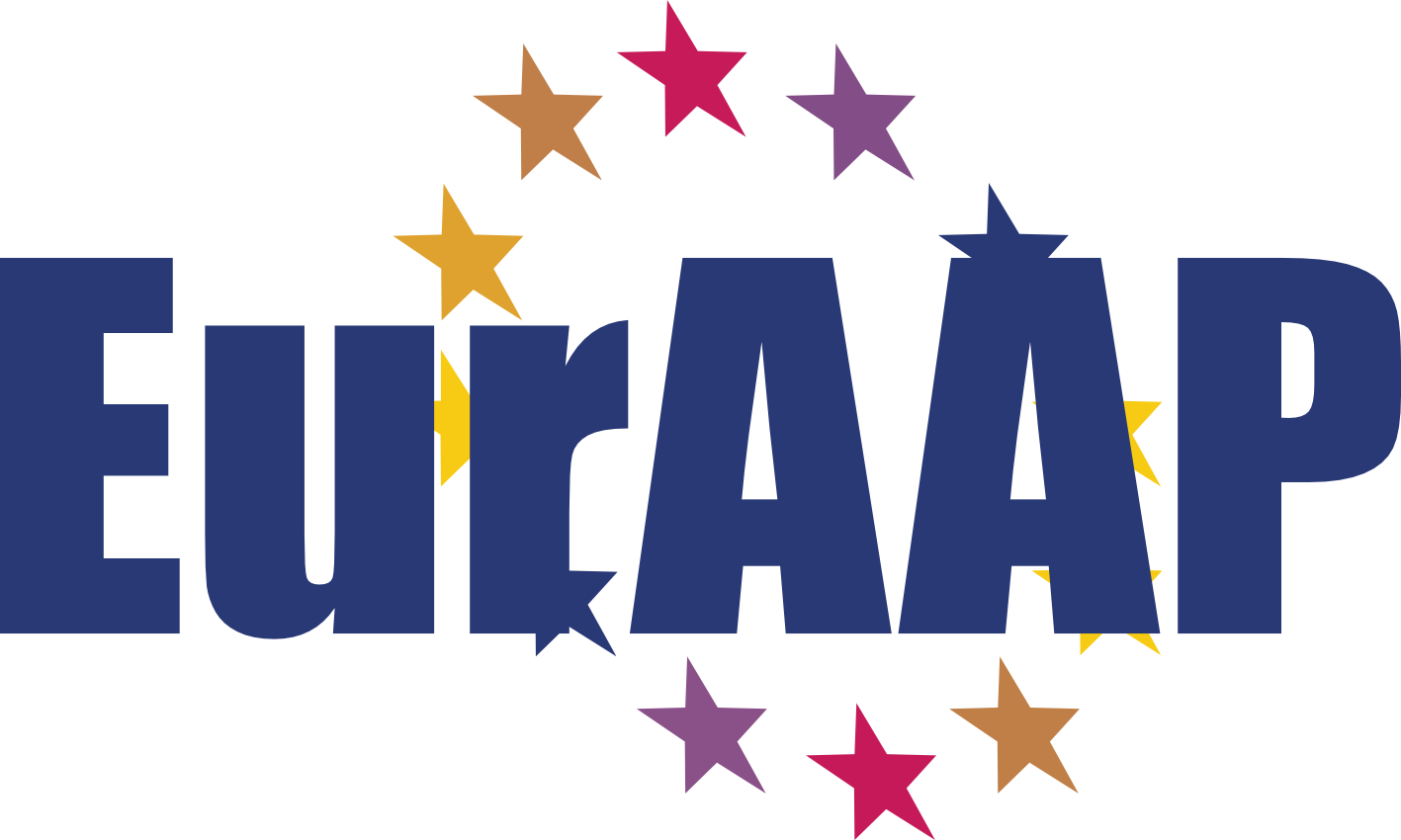IS10: The Characterization of the Atmospheric Radio Channel for Satellite Services, an Overview of ESA Activities
Wednesday - 3:40-4:20pm - Room Havane
Antonio Martellucci
ESA/ESTEC, Netherlands
Antonio Martellucci received the Laurea degree in electrical engineering andthe Ph.D. degree in applied electromagnetism from the Sapienza University ofRome, Rome, Italy, in 1987 and 1992, respectively. After working in the Selenia Group (now Leonardo of Finmeccanica), he joined the Ugo Bordoni Foundation, Rome,.
Since 2001, he has been a Radiowave Propagation Engineer at ESA/ESTEC where he is involved in ESA Telecommunication , Navigation (Galileo), Earth Observation (ENVISAT. MTG and EPS-SG), and Science (Gaia, Bepi Colombo and JUICE) Programs. He is the author of more than 90 publications in books, international journals, and conference proceedings. Dr. Martellucci received the Young Scientist Award at the XXV International Union of Radio Science General Assembly in 1996. He has been the general Editor of the EU COST 255. He was a member of the COST280 MC and WG Chairman. He was the Chair of COST IC0802. He is also member of ITU-R SG3 and vice chair of the EuRAAP-WG on Propagation.
Abstract
The effects of the propagation of radio waves in the atmosphere can be relevant for a number of Satellite services, including Satellite Communication (SatCom) systems, Global Navigation Satellite Systems (GNSS), Earth Exploration and Space Exploration systems. In particular the lower part of the atmosphere (i.e. the troposphere and to some extent also the stratosphere) induces several propagation effects, including attenuation, depolarisation, signal scintillation, noise emission, excess path length. These effects are relevant in all phases of a Space project, including preliminary and final design, in-orbit tests and operations. The effect of atmospheric propagation on Satellite services becomes more relevant as technological developments opens new frequency bands (see evolution of SatCom frequency bands from C up to W band), improves the performances of system components making more critical for the link budget the random contribution of atmospheric propagation or the system requirements impose a trade-off between system performances and system margins (e.g. between maximisation of data throughput and minimisation of system unavailability). In this framework the criteria for system design and control have to evolve from a classical static approach towards flexible and adaptive methodologies. This implies also the need to improve channel assessment techniques and to minimise the error of experimental measurements.This talk will present an overview of developments and channel modelling used by the European Space Agency in the framework of a number of ESA projects, including the Alphasat Aldo Paraboni (TDP5) experiment for SatCom services at Q/V band, contribution to Radio Regulations (ITU-R SG3), the development of models of tropospheric error for Galileo GNSS and its evolution, the use of Ka band for Earth Exploration missions (like METOP-SG) and support to radioscience experiments of Space Exploration missions (like Bepi-Colombo and JUICE, to Mercury and Jupiter).


















